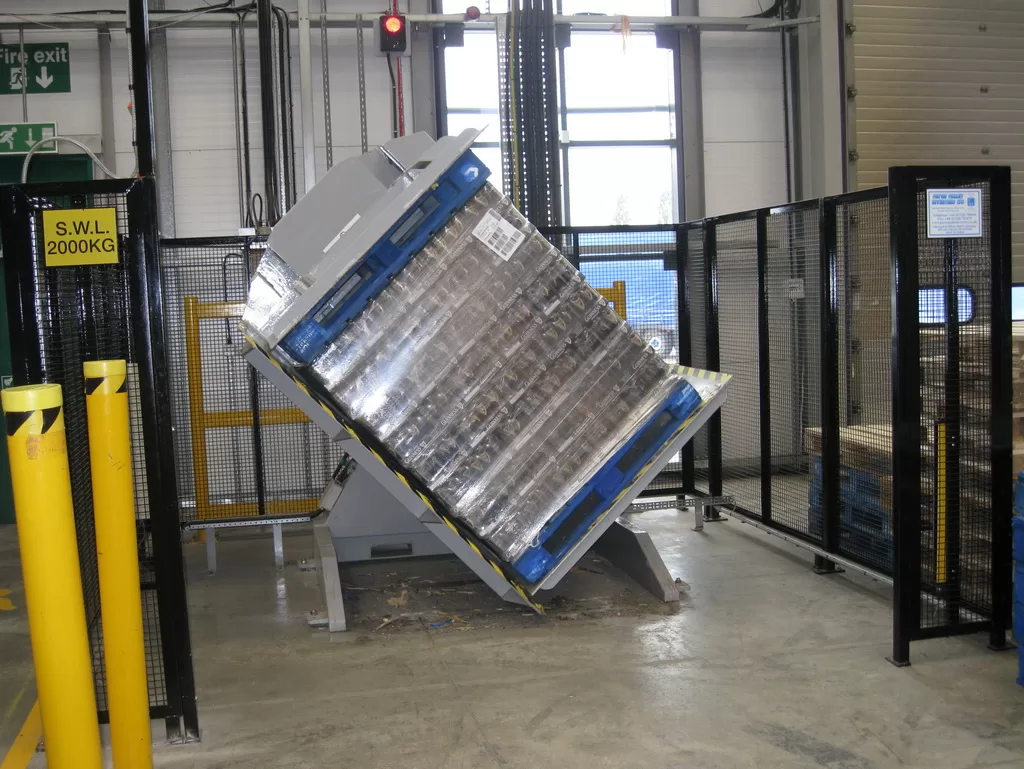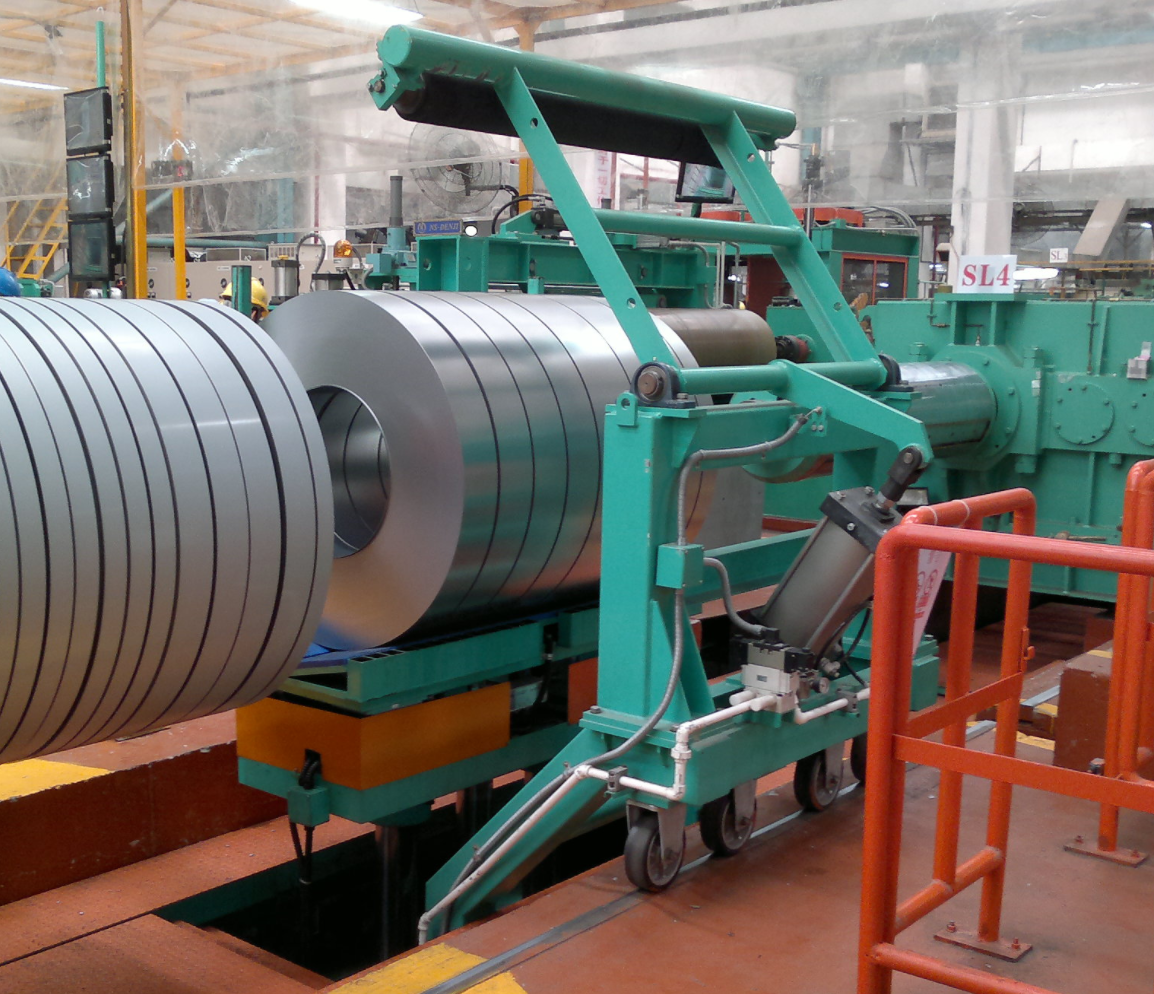Mold handling is a daunting task that demands precision and safety. The fear of equipment failure or workplace accidents can be overwhelming. Fortunately, advancements in mold upender technology now prioritize essential safety features that alleviate risks and boost efficiency. Here’s how these innovations can transform your operational experience.
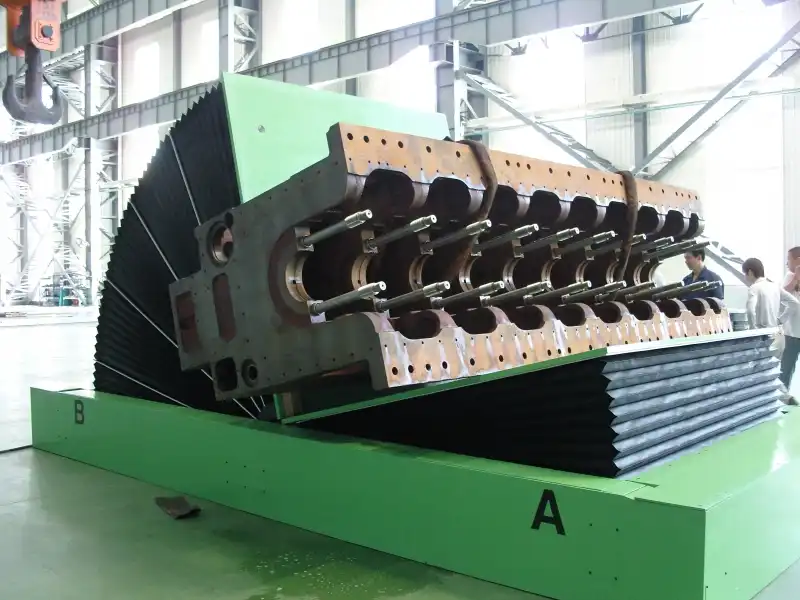
Safety features in mold upenders should include emergency stop functions, safety interlocks, load sensors, and user-friendly control panels. These features ensure that operations are swiftly halted during emergencies, prevent unintended movements, and assure load stability. These mechanical marvels are engineered to maximize worker safety and minimize equipment damage.
The inclusion of robust safety features doesn’t just save lives—it boosts confidence in the workplace. Imagine the relief of knowing that every precaution has been taken to protect the team’s well-being. As technology advances, these safety measures are becoming the standard rather than the exception, ensuring safer and more efficient mold handling processes.
What Emergency Stop Mechanisms Are Essential for Mold Upenders?
In the fast-paced world of industrial manufacturing, the pressure to maintain safety standards can sometimes clash with the urgency to meet deadlines. As automation becomes more prevalent, understanding the critical components of a reliable emergency stop system in mold upenders becomes vital.
Key emergency stop mechanisms in mold upenders involve strategically placed emergency stop buttons, pull cords, and safety mats. These tools enable operators to cease machine movement instantly during inconvenient events. Additionally, they prevent accidents and reduce harm by rapidly disabling the machine. They are essential in maintaining a safe and responsive manufacturing environment.

Emergency stop mechanisms are integral to preventing a brief lapse from turning into a critical incident. When David considers implementing these safety features, his factory operations can run smoothly, with peace of mind knowing that quick responses to potential hazards are guaranteed.
Understanding and Implementing a Comprehensive Safety Strategy
As I’ve navigated the fascinating intersection of engineering safety and industrial efficiency, I’ve found that simply having safety features isn’t enough. It’s crucial to integrate these features into a broader safety strategy. Let’s talk about how to make these essential elements work together seamlessly.
Three Core Components of an Effective Safety Strategy:
| Component | Description | Benefit |
|---|---|---|
| Emergency Stop | Quick-stop mechanisms placed in easily accessible locations for operators. | Immediate response to hazards, minimizing damage |
| Safety Interlocks | Prevents machine operation under unsafe conditions by disabling systems. | Prevents accidental operations and ensures safety |
| Load Monitoring | Sensors that detect weight imbalances, avoiding dangerous tipping moments. | Ensures operational stability and prevents spills |
Implementing these elements requires a thorough assessment of your current systems and a commitment to ongoing training. Employees like David can guide their teams through simulated emergency stop scenarios, reinforcing familiarity with procedures and building confidence.
By personalizing these safety practices, such as customizing the layout of emergency stop buttons to suit specific workflow patterns, companies can further increase their effectiveness. Additionally, integrating regular maintenance checks ensures these systems remain in optimal condition, ready to activate at any moment.
Ultimately, a dedicated focus on safety echoes through the entirety of the manufacturing process. Mold handling, characterized by its inherent risks, becomes less daunting with each carefully considered safety feature, enhancing overall productivity and workforce morale.
2. How Do Guarding Systems Prevent Accidents in Mold Upenders?
Accidents in mold upender operations are a significant concern for manufacturers. Safety is paramount, and an effective guarding system can make a substantial impact. With these systems, I can ensure that operators are protected from potential hazards, creating a safer working environment.
Guarding systems serve as a critical safety mechanism for mold upenders, preventing access to dangerous areas during operation. By utilizing barriers, interlocks, and sensors, these systems stop upender movement when safety zones are breached, protecting operators from inadvertent contact with moving parts. This technology ensures compliance with industry safety standards and minimizes accident risks.
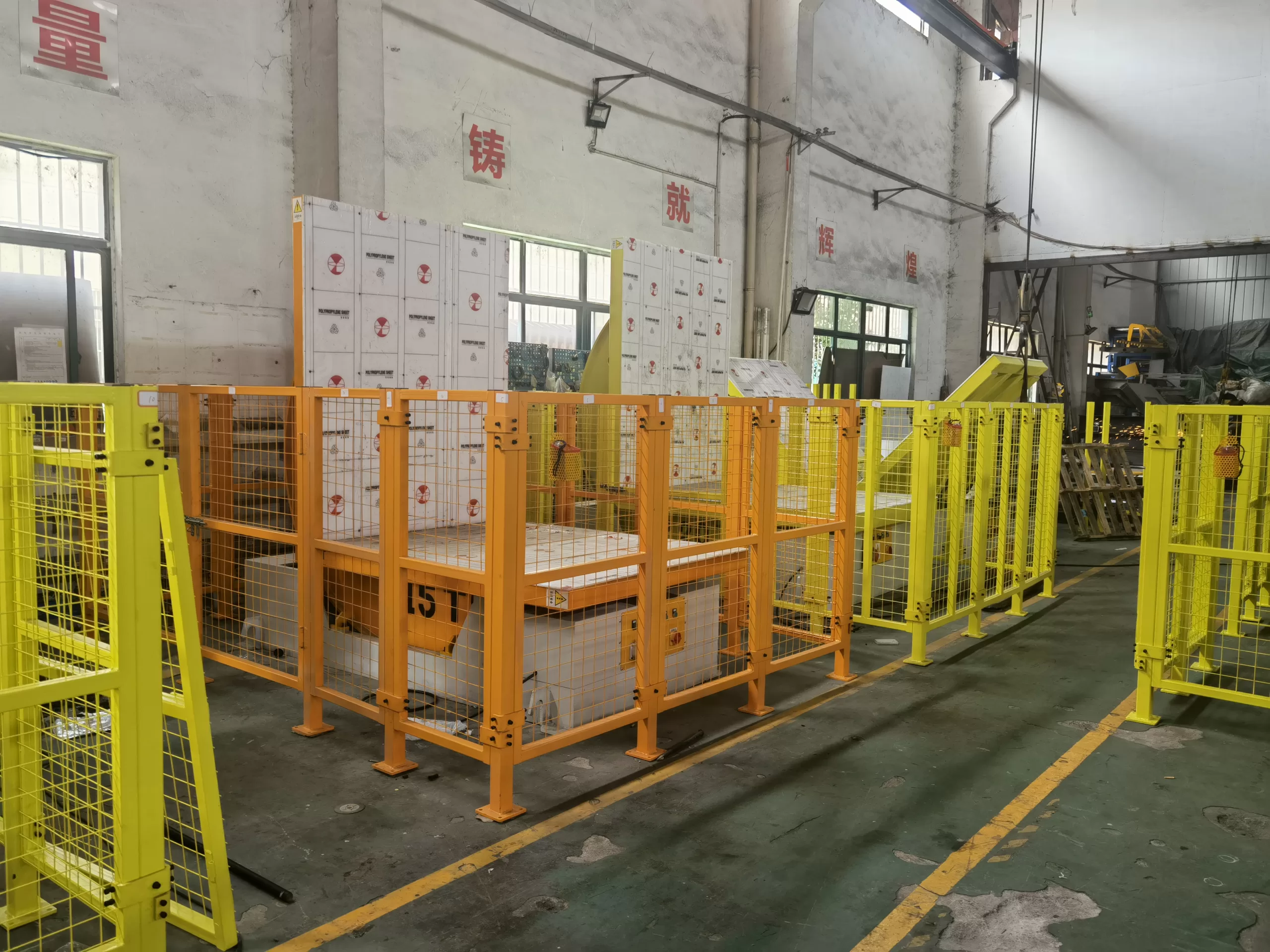
Understanding Guarding Systems in Mold Upenders
Guarding systems are crucial for safety in using mold upenders, mold tilters, and similar equipment. They offer various features tailored to prevent accidents. Understanding these features helps improve operator safety and operational efficiency.
| Feature | Description | Benefit |
|---|---|---|
| Physical Barriers | These keep operators a safe distance away. | Prevents falls and injuries. |
| Interlocks | Stop machinery when barriers open. | Automatic hazard protection. |
| Safety Sensors | Detect presence in danger zones. | Immediate system lockdown. |
From my extensive experience, it’s evident that each feature plays a pivotal role in ensuring safe operations. Physical barriers act as a straightforward yet effective method to prevent operator proximity to moving parts. Interlocks serve as a fail-safe, halting operations immediately should any part of the guarding system be compromised. Safety sensors add a layer of intelligent protection, halting operations if they detect any unauthorized presence in a danger zone. This tripartite system is essential in preventing workplace accidents.
3. Why Is Proper Lighting Important for Mold Upender Operations?
Poor lighting during mold upender operations can lead to accidents and inefficiencies. Proper lighting ensures visibility, helping operators monitor processes accurately. I’m keen on having well-lit areas to enhance safety and precision in every mold handling task.
Proper lighting in mold upender operations plays a crucial role in ensuring operator safety and operational accuracy. It provides clear visibility of the machinery and working environment, reducing the likelihood of accidents due to misjudgments or overlooked hazards. Well-illuminated workspaces facilitate efficient operations and help maintain consistent product quality by enabling operators to detect and rectify issues swiftly.
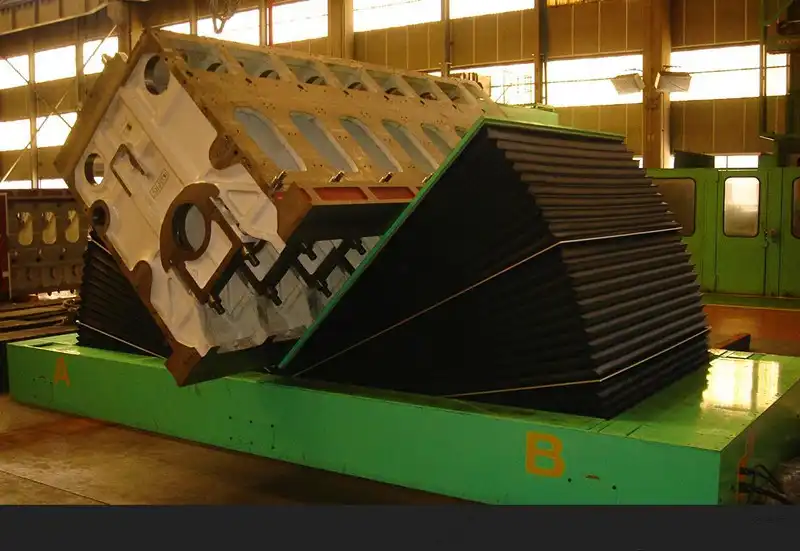
The Role of Lighting in Mold Upending
Lighting affects safety and efficiency in mold upender operations significantly. Understanding its impact assists operators in maintaining excellent work environments, preventing accidents, and enhancing performance.
| Aspect | Description | Effect on Operations |
|---|---|---|
| Visibility | Improves sight of equipment and materials. | Reduces errors in handling. |
| Safety | Helps identify obstacles and hazards. | Decreases risk of accidents. |
| Productivity | Boosts morale and focus of operators. | Increases operational efficiency. |
From my perspective, ensuring adequate lighting isn’t just about compliance; it’s about creating a safe and efficient workspace. Good visibility prevents misunderstandings about machinery positioning, which is vital in preventing accidents. By helping operators detect potential hazards earlier, lighting plays a crucial role in safety. Moreover, well-lit areas improve an operator’s attention and focus, contributing positively to productivity. Proper lighting is essential for maintaining a high standard of operation in mold upending tasks.
Conclusion
Incorporating robust safety features in mold upenders is essential for safeguarding operators and ensuring smooth operations. By implementing emergency stops, effective guarding systems, and proper lighting, manufacturers can significantly reduce risks and enhance workplace safety.



